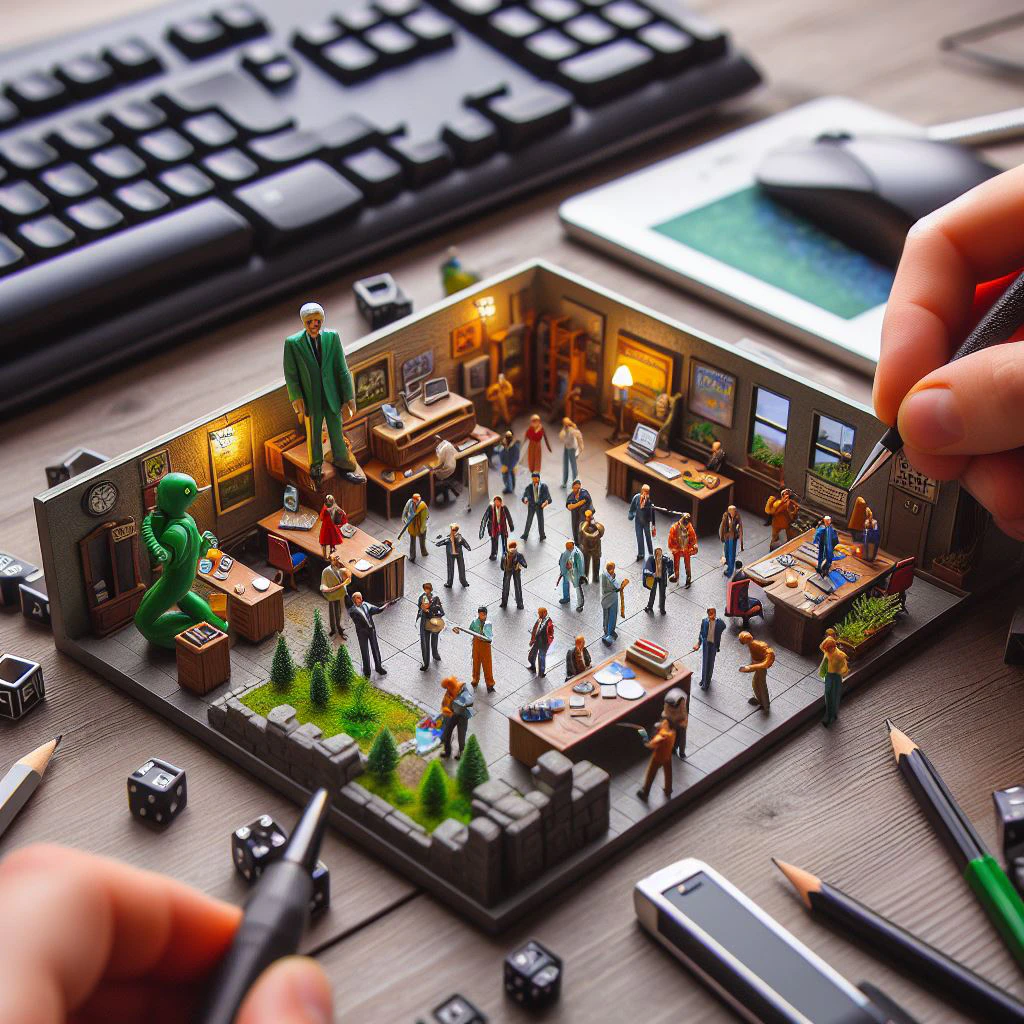Nvidia has unveiled its latest AI technology, Latte3D, capable of transforming text prompts into intricate 3D models. With AI making strides in various fields, from image generation to natural language processing, the realm of 3D art creation has long awaited a similar breakthrough. Now, Nvidia’s Latte3D promises to bridge this gap, offering a novel solution for generating 3D assets directly from textual input.
Nvidia’s Latte3D – Revolutionizing 3D modeling with AI-prompt
Nvidia’s foray into AI-driven 3D modeling marks a significant leap forward in artificial intelligence capabilities. While AI has demonstrated remarkable progress in generating 2D images and videos, the transition to 3D art creation has remained a formidable challenge. However, with the introduction of Latte3D, Nvidia aims to reshape this landscape by empowering developers with a tool capable of effortlessly translating text prompts into fully realized 3D models.
The technology behind Latte3D represents a paradigm shift in the way 3D assets are created for various applications, particularly within the video game industry. Traditionally, game developers have relied on manual modeling or outsourcing to populate their virtual worlds with intricate 3D objects. However, Latte3D offers a streamlined alternative, allowing developers to simply input a textual description of the desired object, thereby eliminating the need for laborious manual modeling processes.
Customizable 3D model generation
One of the most compelling features of Latte3D is its adaptability and customization capabilities. By training the AI model on specific datasets, developers can tailor Latte3D to generate 3D models that align with particular styles, themes, or categories. For instance, training Latte3D on nature-based imagery would result in the generation of 3D models featuring organic elements such as trees, rocks, and landscapes. Conversely, training the model on household items would yield 3D models resembling everyday objects found within domestic settings.
Sanja Fidler, Nvidia’s vice president of AI research, conveyed excitement regarding the advancements achieved with Latte3D, emphasizing its remarkable speed and quality improvements. According to Fidler, just a year ago, the process of generating 3D visuals of comparable quality took approximately an hour using AI models. However, with the latest developments, this timeframe has been dramatically reduced to a mere 10 to 12 seconds. Fidler highlighted that this substantial enhancement enables near-real-time text-to-3D generation, significantly benefiting creators across various industries.
Empowering independent developers
The implications of Latte3D extend beyond established game development studios, offering significant benefits to independent developers as well. By democratizing the process of 3D model creation, Latte3D has the potential to level the playing field for indie developers, who often face resource constraints and time limitations. With access to this AI-driven tool, indie developers can rapidly generate a diverse array of 3D models tailored to their specific project requirements, thereby accelerating the game development process.
Nvidia’s Latte3D represents a groundbreaking advancement in AI technology, poised to revolutionize the process of 3D modeling and asset creation. As the capabilities of AI continue to expand, one cannot help but wonder about the potential implications of Latte3D for various industries beyond gaming. Could this technology pave the way for entirely AI-generated virtual environments, blurring the line between human creativity and machine intelligence?
